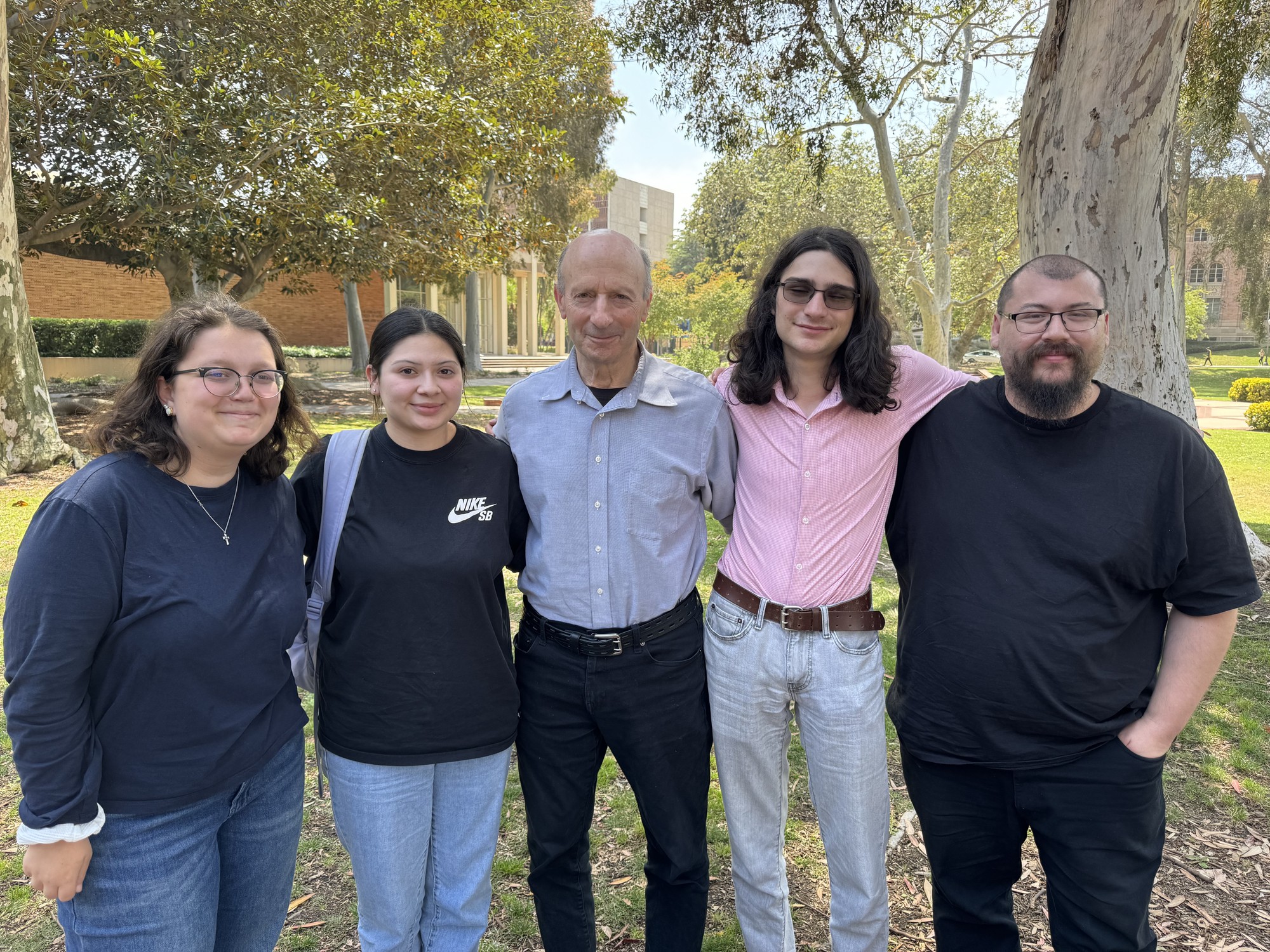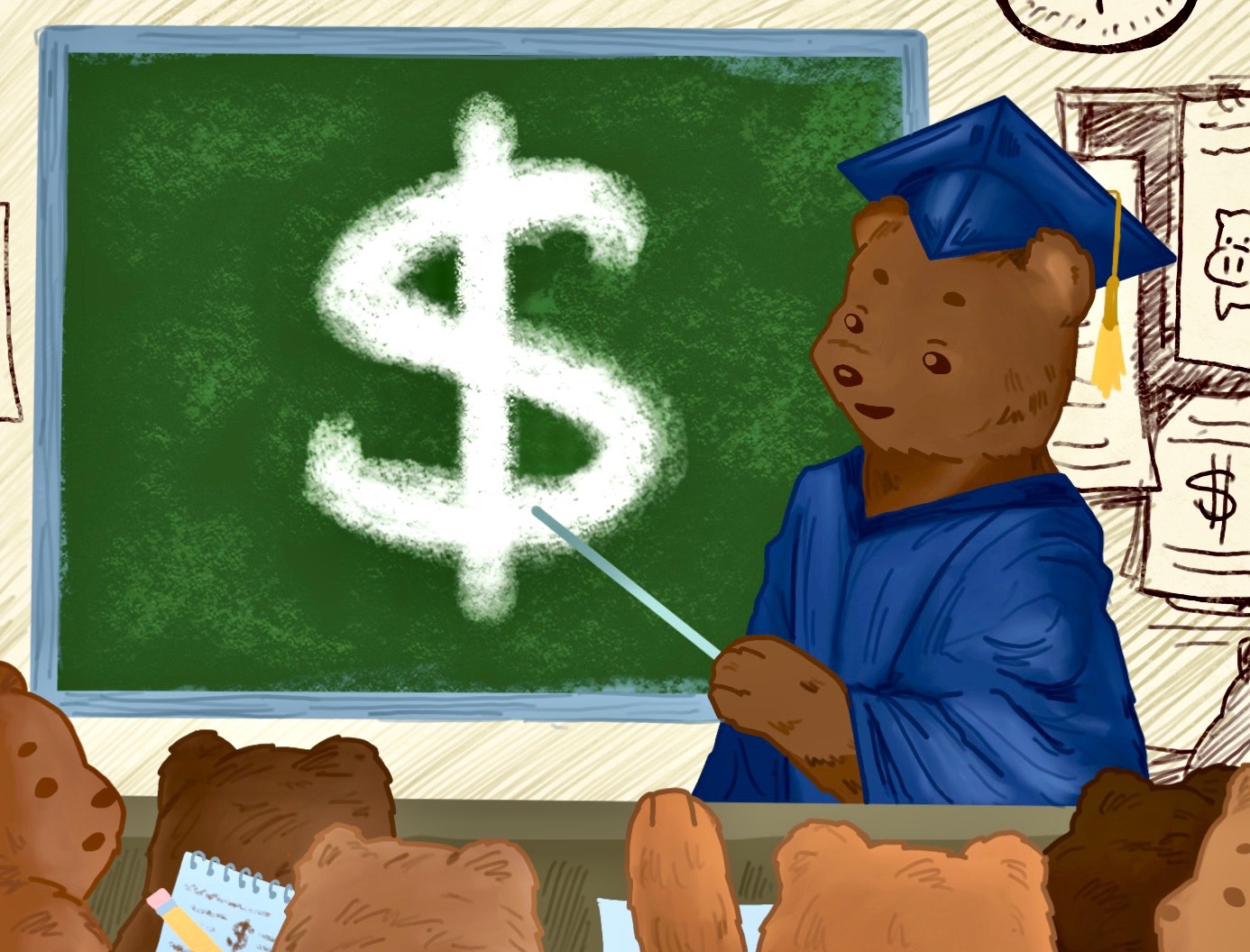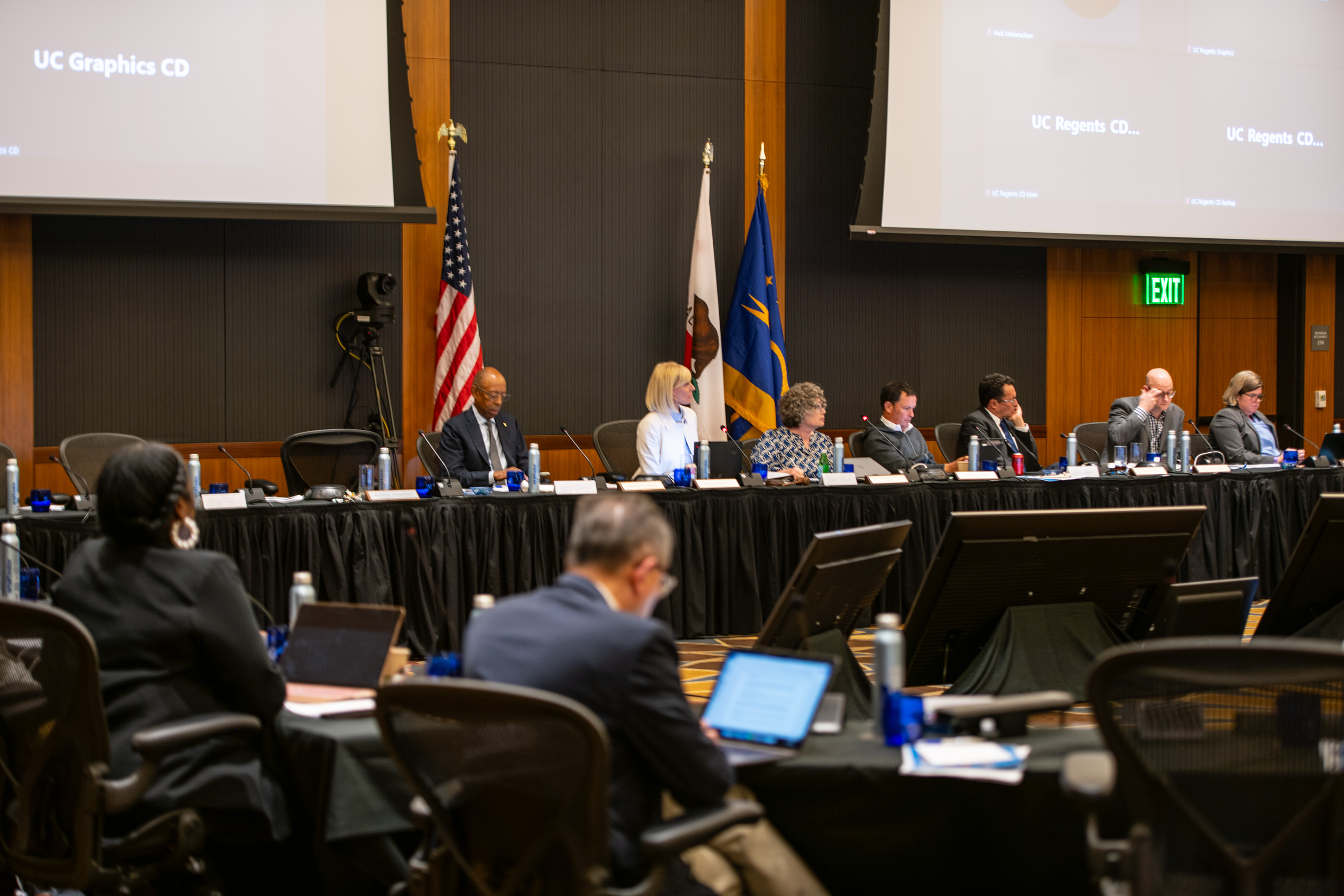Laura Chávez-Moreno explores race, identity in bilingual education programs
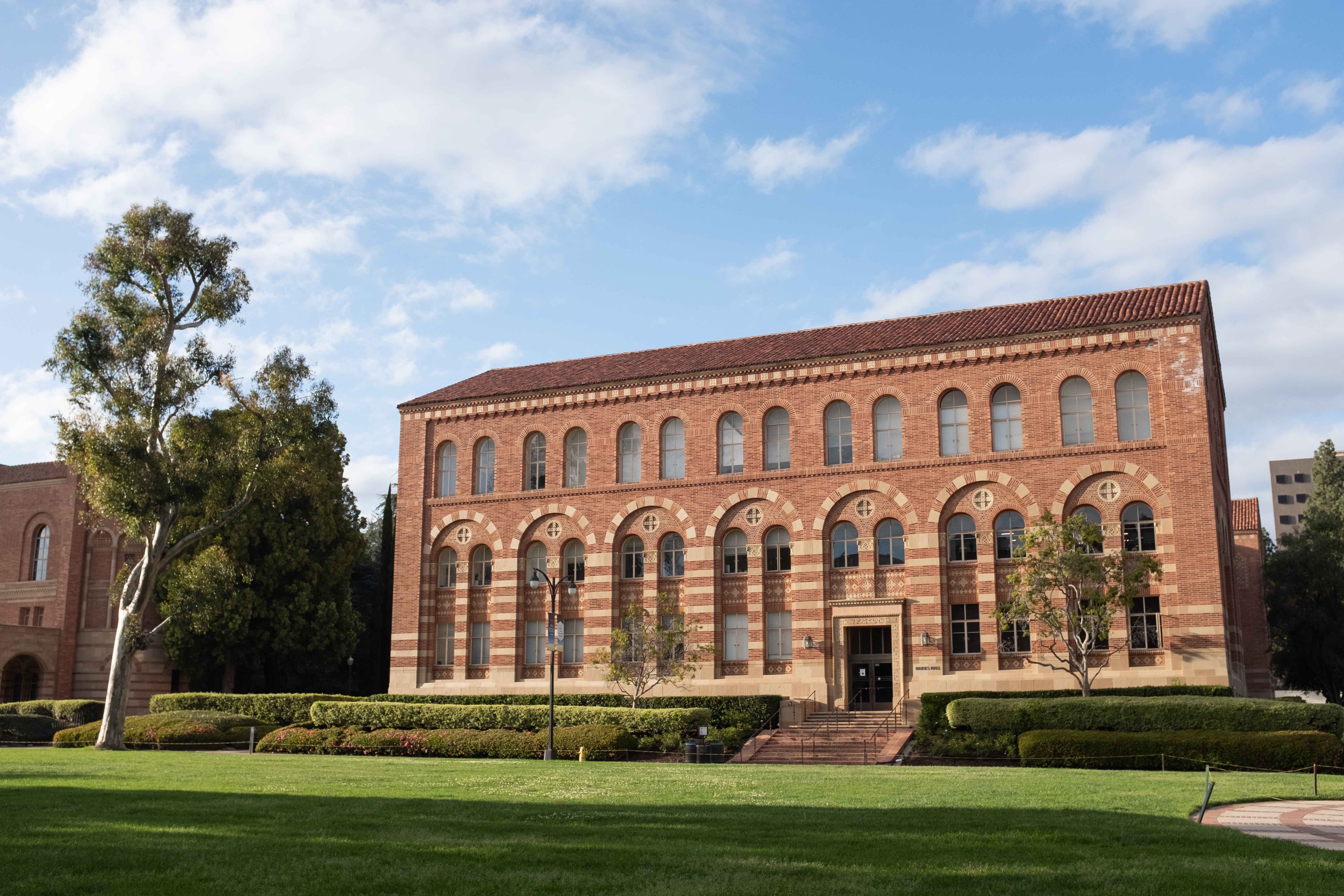
Haines Hall, home to the Department of Chicana/o and Central American Studies, is pictured. Laura Chávez-Moreno, an assistant professor in the department, explores how bilingual education programs can affect students’ perceptions of race in her new book, “How Schools Make Race: Teaching Latinx Racialization in America.” (Daily Bruin file photo)
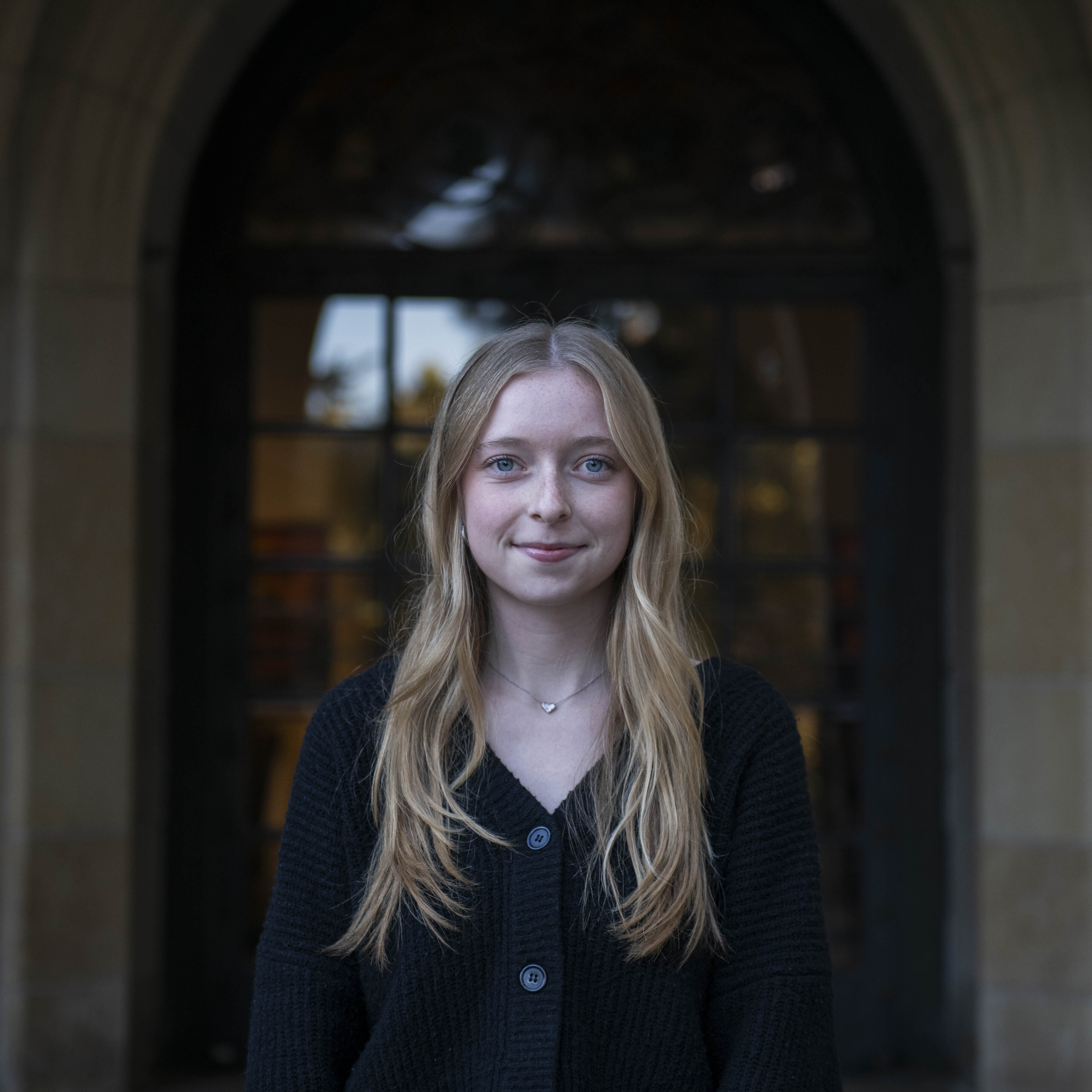
By Vivian Stein
Oct. 9, 2024 7:39 p.m.
This post was updated Oct. 11 at 12:42 a.m.
For years, Laura Chávez-Moreno has explored how bilingual education programs shape students’ identities.
Chávez-Moreno, an assistant professor of education and Chicana/o and Central American studies, said she wished she had access to a bilingual program during her own education. These programs, which aim to prepare students for linguistic and academic proficiency, are the core concept of her new book, “How Schools Make Race: Teaching Latinx Racialization in America.”
Drawing on over a year of qualitative ethnographic research – including interviews and observations in United States schools – the book examines how bilingual education programs can serve as a resource for students while also unintentionally reinforcing racialized identities, which occur when a person’s sense of identity is partly shaped by their belonging to a specific racial group.
“Because we live in a racialized society, schools play a big role in creating that society and maintaining it as a racialized society,” she said.
One of Chávez-Moreno’s key findings was that bilingual programs construct students’ ideas of race, she said. She observed contradictions in how both teachers and students referred to race in these programs, adding that although they often explicitly described “Latinx” as an ethnic group, many of their descriptions of the Latinx experience had to do with experiencing racism.
“Race is not a biological (concept). It’s not a genetic (concept). It’s not a skin color-based concept in the U.S. It’s way more complicated than that,” she said.
Students in these programs often initially demonstrated interest in learning about race but would become disengaged when taught repetitive lessons about the subject matter.
Chávez-Moreno’s work opens up the discussion of race in the context of bilingual identities, particularly among Latinx students, said Gloria Ladson-Billings, a professor emeritus at the University of Wisconsin-Madison, in an emailed statement.
“Dr. Chávez-Moreno is one of the few scholars who draw on the intersectionality produced by Latine identities and race,” Ladson-Billings said in the emailed statement. “Most scholars like to keep these aspects of identity separate and distinct while people have to live them in relation to one another.”
Isabella De Francesca, a UCLA alumnus and one of Chávez-Moreno’s current research project assistants, said Chávez-Moreno encourages students to share their own experiences so they can learn from each other.
De Francesca, who took classes taught by Chávez-Moreno as an undergraduate student, added that Chávez-Moreno treats her students as equal research partners, allowing them autonomy in their work.
“What I love about her research and her work is that she makes you think deeper about a topic that you think you already know about,” De Francesca said. “You think you know that racism still exists and all of these different things, but then she thinks deeper than that, and I really appreciate that.”
As national conversations about whether race should be taught in schools continue, Chávez-Moreno said discussions about race should not be avoided in places of education.
“It’s (the discussion of race is) already happening in schools whether people like it or not, so we should make sure that it’s being done in a productive way and in a way that advances students’ understanding about a concept that is something so central to our society,” she said.


